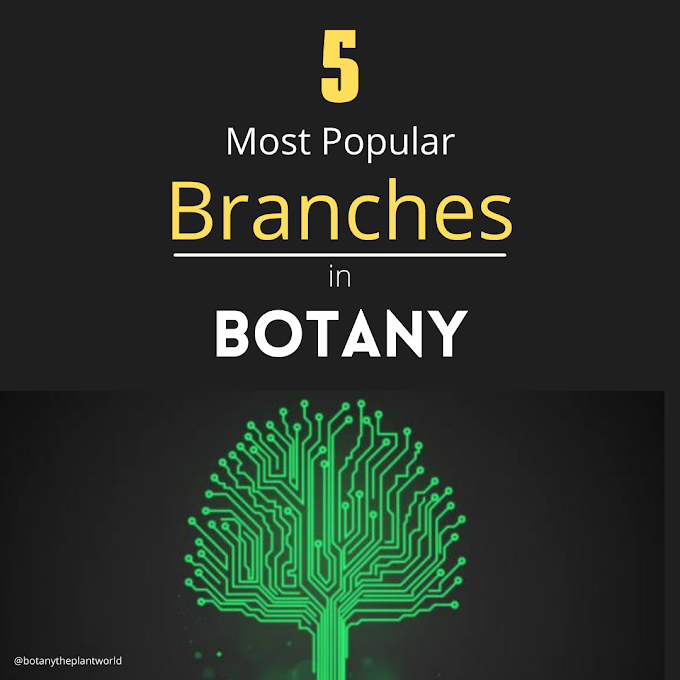5 Websites For Botanical Studies You Should Always Remember.
Botanical studies is not very easy for students, researches and scientists. The proper knowledge is must for botanical studies. Let's example, "A student go to the forest and he found a new plant species. But, they faces difficulties to identify this new plant species and their naming." That's the main reason the proper knowledge is very important for any Botanical studies.
Let's talk about, 5 Websites For Botanical Studies You Should Always Remember.
1. The Plant list
The plant list website is a working list of all known plant species. It aims to be comprehensive for species of Vascular plant (flowering plants, conifers, ferns and their allies) and of Bryophytes (mosses and liverworts). This website in collaboration with the Royal Botanic Gardens, Kew and the Missouri Botanical Gardens was releasing plant lists from 2002–2010.
2. World flora online
The World Flora Online will be an open-access, Web-based compendium of the world’s plant species. It will be a collaborative, international project, building upon existing knowledge and published floras, checklists and revisions but will also require the collection and generation of new information on poorly know plant groups and plants in unexplored regions. This website releasing plant list from 2011-2020 .
3. ICN (formerly ICBN)
International Code of Botanical Nomenclature (ICBN) is the systems, that's helps to write scientific name of the plants. This website was last updated on 2007 by International Association for Plant Taxonomy. Currently ICBN change into International Code of Nomenclature for algae, fungi and plants.
The International Code of Nomenclature for algae, fungi, and plants is the set of rules and recommendations that govern the scientific naming of all organisms traditionally treated as algae, fungi, or plants, whether fossil or non-fossil, including blue-green algae (Cyanobacteria), chytrids, oomycetes, slime moulds, and photosynthetic protists with their taxonomically related non-photosynthetic groups (but excluding Microsporidia). Before 2011 it was called the International Code of Botanical Nomenclature (ICBN).
4. IUCN
The International Union for Conservation of Nature (IUCN; officially International Union for Conservation of Nature and Natural Resources[2]) is an international organization working in the field of nature conservation and sustainable use of natural resources. It is involved in data gathering and analysis, research, field projects, advocacy, and education. IUCN's mission is to "influence, encourage and assist societies throughout the world to conserve nature and to ensure that any use of natural resources is equitable and ecologically sustainable". This was is established on 5th October 1948.
5.BGCI
Botanic Gardens Conservation International (BGCI) is a membership organisation, representing botanic gardens in more than 100 countries around the world. It is an independent UK charity established in 1987 to link the botanic gardens of the world in a global network for plant conservation.








![Studies in Botany Vol. 1 [PDF] free download](https://blogger.googleusercontent.com/img/b/R29vZ2xl/AVvXsEh9d_VnmZL-v-FFbJXWly_PuRhDvzActlrUWbrd6m9l4R9th7qRocbk_fq9r1PU2UCdYxVwrsYA4BeXVANiyshX5OjovOBKU5SL-GYTQOb9Z4_OfaLSPqdx6MuEv792Xp_rKf61VOQLC9c/w680/studies+in+Botany+%255Bpdf%255D+free+download.jpeg)


0 Comments